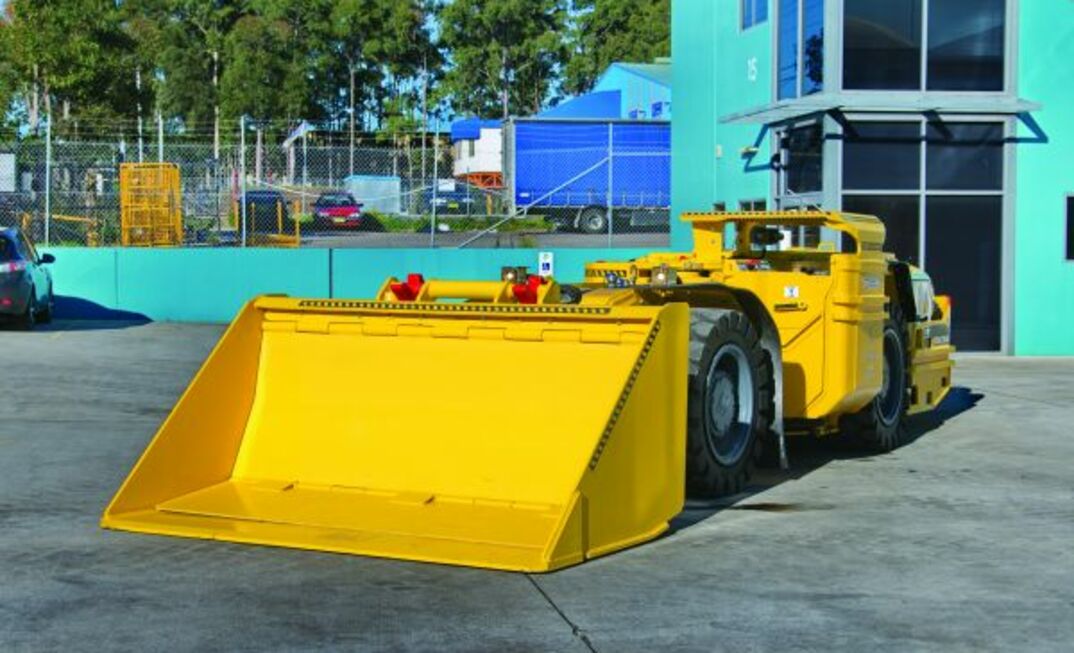Convincing underground coal mines just to trial products can be arduous so it is perhaps not too surprising that Diversified Mining Services seems to have lowballed the demand expectations for its Coaltram, which was launched in 2010.
DMS consequently announced plans in March to triple its output capacity and is in the final stages of fitting out an additional facility at Tomago which will complement the existing Beresfield operation in order to increase output from 50 to about 150 Coaltrams per year.
This effort also feeds into the decision to increase the DMS Coaltram rental fleet to 18 by the end of 2013 and up to 50 in two years.
With the Coaltram designed for and typically equipped with Tong Yong tyres, DMS is also making significant growth into the underground coal tyre market.
“DMS’ data to date substantiates the fact that the TY cushion tyre is a quality product which is quickly becoming the market leader,” a company spokesperson told Australian Longwall Magazine.
“It is something that DMS has integrated into and is instrumentally associated with the Coaltram product.”
Similarly with road vehicles, the design of load haul dumpers can impact tyre wear and this very factorwas considered as part of more than four years of development behind the Coaltram.
DMS said the tyres and the Coaltram were specifically tailored for the underground coal sector, which included the material composition, tread and application design for “specific lift capacity and longevity”.
The selection of the tyre is an important part of the overall Coaltram package.
The load rating on TY cushion tyres is such that they are more than capable of sustaining the rigours of underground operational conditions.
A key feature of TY solid cushion tyres is the sidewall aperture structure which is designed not only to provide better shock absorption and a smoother, longer ride but also to help eliminate possible tyre failure.
Inspectors from Queensland’s Department of Natural Resources and Mines have not been troubled by any high potential incidents with tyres this year, nor have they observed any tyre supply issues for underground coal mines.
It is despite intermittent reports of reawakening tyre shortages for the wider mining industry.
The bulk of this tyre shortage, however, seems to be at the large off the road tyre end of the market and ot at the level that is likely to affect the sort of wheels fitted to underground coal machinery.
That said, it was not hard for them to comment on what was behind the ugliest tyres they have seen over the past five years.
“The ‘worst-looking’ tyre would be one that has been penetrated by a sharp object, causing the sidewall to split,” a department spokesperson said.
“However, as most underground mine tyres are [polyurethane] filled and not air pressurised this does not usually present a hazard for personnel.”
DMS is also not facing any tyre supply issues either, despite its growth in the market and its Coaltram production ramp-up plans.
“Forecast volumes for the market and specifically for the Coaltram have provided both DMS and the tyre manufacturer with the ability to cater for this growing demand both internally for DMS and externally with our clients,” it said.
While a variety of tyres and configurations can be fitted to the Coaltrams, the standard version is equipped with either solid TY cushion tyres or a water/pneumatic combination.
This article first appeared in the September edition of Australian Longwall magazine.
























